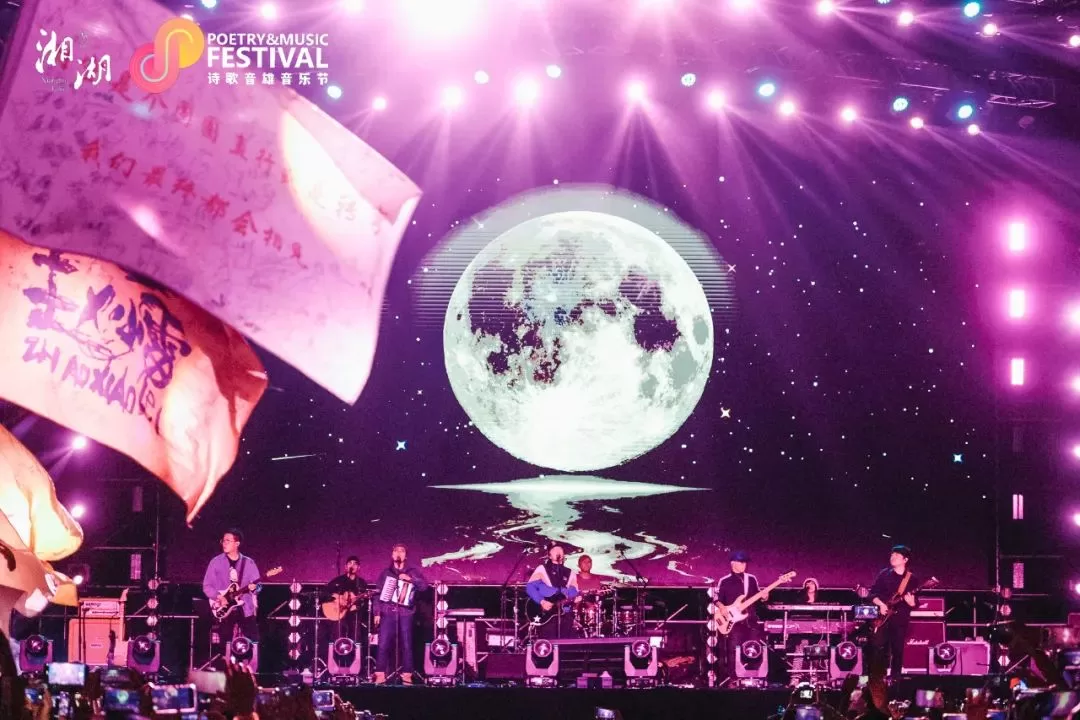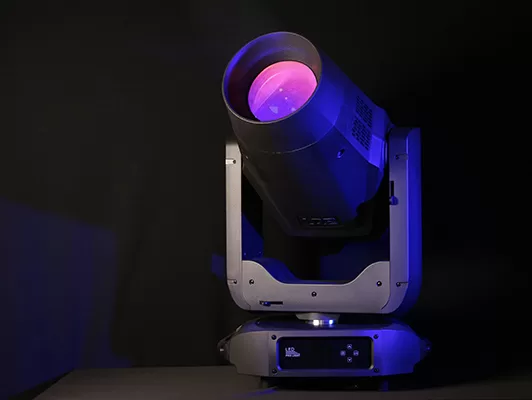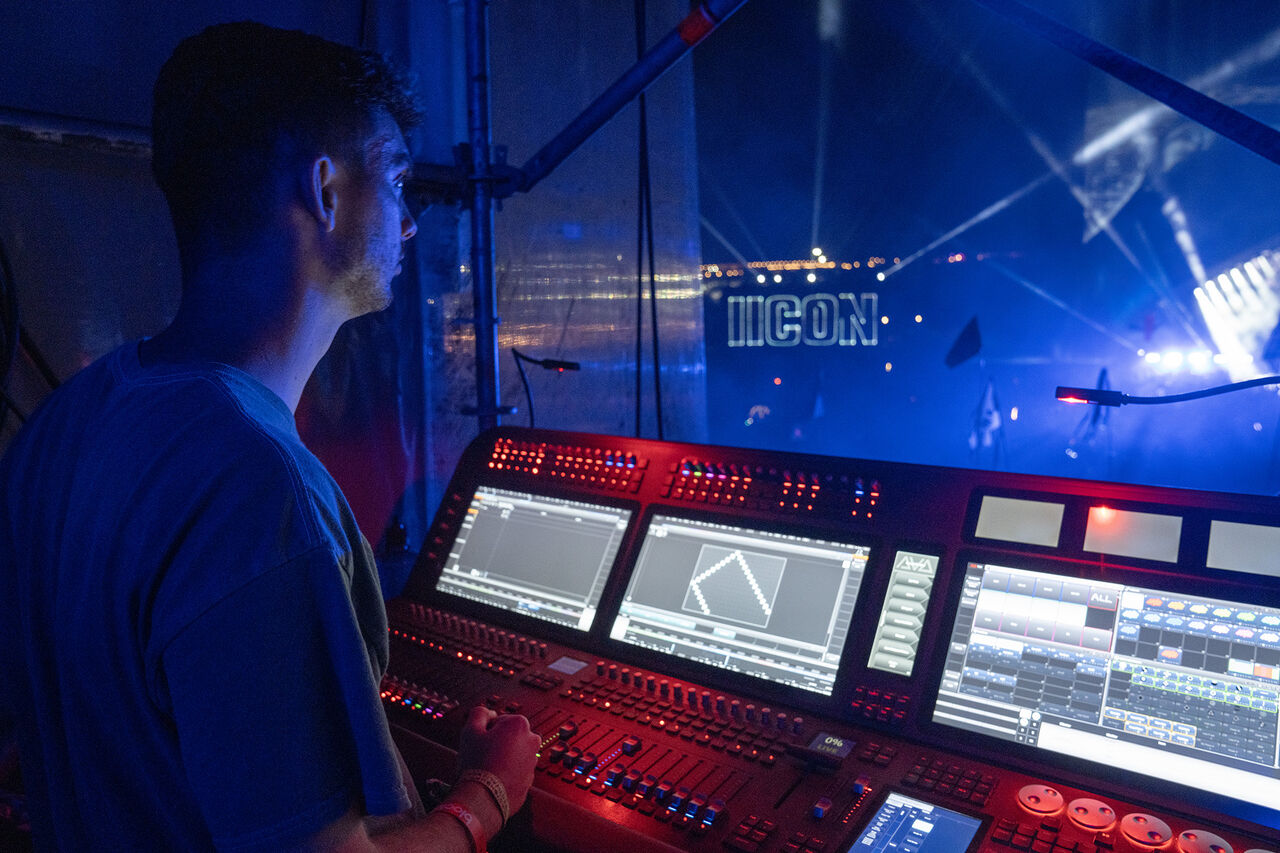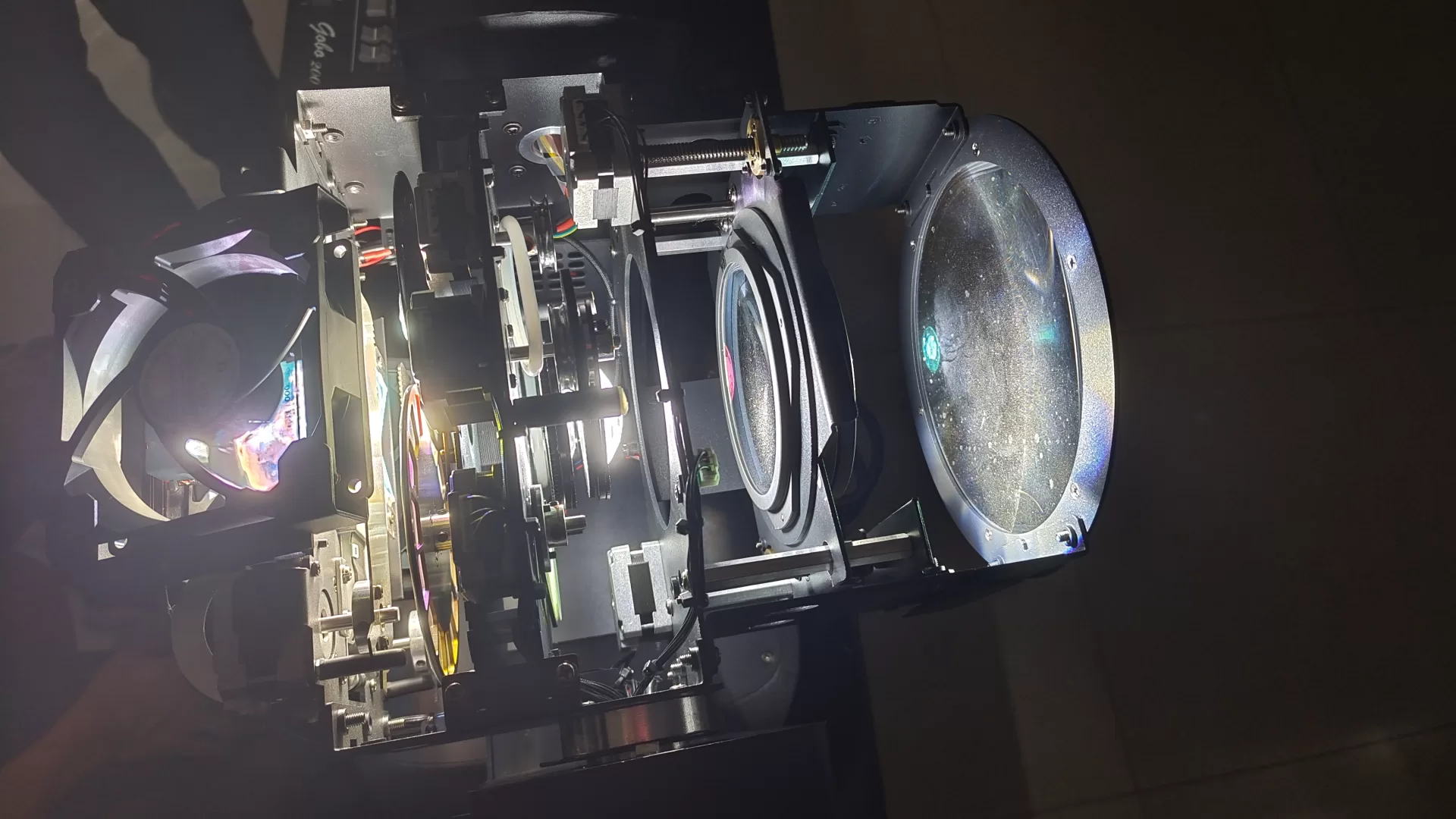The Art of Stage Lighting: Enhancing Performances with Light

Stage lighting is a mesmerizing art form that holds the power to elevate performances, create immersive experiences, and evoke emotions within the audience. The seamless integration of light with the various elements of a production can truly transform a stage and captivate viewers. In this article, we will explore the intricacies of stage lighting, its impact on performances, and the techniques employed by lighting designers to create extraordinary visual displays.
Table of Contents
- Introduction: The Magic of Stage Lighting
- Understanding the Importance of Stage Lighting
- The Technical and Artistic Elements of Stage Lighting
- Types of Lighting Fixtures and Their Effects
- Creating Mood and Atmosphere through Light
- Advanced Techniques in Stage Lighting
- The Role of Color in Lighting Design
- Collaborating with Lighting Designers: The Creative Process
- Ensuring Safety in Stage Lighting Setup
- The Future of Stage Lighting: Technological Advancements
- Conclusion
- FAQs
Introduction: The Magic of Stage Lighting
Imagine a stage, bathed in ethereal hues, with beams of light dancing in perfect synchrony with the performers. Stage lighting has the ability to transport the audience to different worlds, evoke emotions, and heighten the impact of a performance. It is a powerful tool that complements the talents of the artists, guiding the viewer’s focus and creating a visual spectacle that lingers in their memory.
Understanding the Importance of Stage Lighting
Stage lighting is not merely about illuminating the stage; it is an art that enhances the storytelling and amplifies the overall impact of a performance. The careful placement of lights, manipulation of color and intensity, and the interplay of shadows and highlights all contribute to creating a dynamic visual narrative. It allows the performers to be seen clearly, emphasizes key moments, and sets the desired mood and atmosphere.

The Technical and Artistic Elements of Stage Lighting
Stage lighting encompasses both technical and artistic aspects. From the selection and placement of lighting fixtures to the programming and control of lights, a wide range of technical skills are involved. At the same time, artistic sensibilities come into play when choosing the color palette, determining the intensity of light, and creating visually stunning compositions.
Types of Lighting Fixtures and Their Effects
Various lighting fixtures are employed in stage lighting to achieve different effects and moods. Spotlights can highlight specific performers or areas on the stage, while wash lights provide a broad and even distribution of light. Gobos and fresnels offer unique patterns and shapes, adding depth and texture to the visual landscape. Each type of fixture has its own distinct characteristics that can be harnessed to enhance the overall stage design.

( LQE LED profile moving head light BSWF 1000w )
Creating Mood and Atmosphere through Light
One of the most impactful aspects of stage lighting is its ability to set the mood and atmosphere of a performance. Whether it’s a romantic scene bathed in warm, golden hues or a suspenseful moment accentuated by dramatic shadows, the interplay of light and darkness has a profound effect on the emotional resonance of a production. Lighting designers carefully manipulate intensity, color temperature, and beam spread to create the desired ambiance.
Advanced Techniques in Stage Lighting
Advancements in technology have opened up new possibilities in stage lighting. Moving lights have revolutionized the industry, allowing for dynamic and fluid lighting designs. Projection mapping enables the projection of images and videos onto various surfaces, creating immersive environments. These advanced techniques add an extra layer of visual interest and create breathtaking displays that enhance the overall performance.

The Role of Color in Lighting Design
Color plays a vital role in stage lighting, evoking emotions and enhancing the visual impact of a performance. Lighting designers utilize color theory to select hues that resonate with the themes and mood of a production. Gel filters are often used to manipulate the color temperature of lights, creating warm or cool tones that can evoke different emotions and enhance the storytelling.
Collaborating with Lighting Designers: The Creative Process
Collaboration between performers, directors, and lighting designers is crucial for a successful lighting design. Through open communication and shared goals, the creative team can work together to bring their vision to life. Lighting designers bring their technical expertise and artistic sensibilities to the table, working closely with the other members of the production team to ensure a cohesive and impactful visual experience.
Ensuring Safety in Stage Lighting Setup
Safety is of utmost importance when it comes to stage lighting. Proper installation of lighting fixtures, secure attachment using clamps and safety cables, and careful cable management are essential to prevent accidents and ensure the well-being of performers and crew members. Working with experienced professionals and adhering to safety guidelines is paramount in creating a safe and visually stunning stage.
The Future of Stage Lighting: Technological Advancements
As technology continues to evolve, the future of stage lighting holds exciting possibilities. LED lighting has already made a significant impact, offering energy efficiency, flexibility, and a wide range of color options. Advancements in automation and intelligent lighting control systems allow for seamless coordination and dynamic adjustments. With each innovation, stage lighting becomes more versatile and capable of creating extraordinary visual experiences.

(LQE 380w Beam moving head light internal view)
Conclusion
Stage lighting is an art form that enhances performances, captures the imagination, and creates unforgettable experiences. From the careful selection of lighting fixtures to the meticulous control of color and intensity, every element of stage lighting contributes to the magic that unfolds on the stage. The collaboration between performers, directors, and lighting designers brings visions to life, allowing audiences to be transported into the realm of the performance.
More info, please contact hugo@lqelighting.com
FAQs
- What is the role of a lighting designer in stage productions?
- A lighting designer is responsible for creating and executing the lighting design for a stage production. They work closely with the director, performers, and other members of the creative team to bring their artistic vision to life through light.
- How does stage lighting enhance the audience’s experience?
- Stage lighting sets the mood, guides the audience’s focus, and creates a visual spectacle that enhances the overall impact of a performance. It adds depth, texture, and emotional resonance to the storytelling.
- What are some common lighting techniques used in stage productions?
- Some common lighting techniques include spotlights, wash lights, gobos, fresnels, and projection mapping. Each technique offers unique effects and can be used to create different visual experiences.
- What safety measures should be taken when working with stage lighting?
- Proper installation of lighting fixtures, secure attachment using clamps and safety cables, and careful cable management are essential for ensuring the safety of performers and crew members. Working with experienced professionals and following safety guidelines is crucial.
- How is technology shaping the future of stage lighting?
- Technological advancements, such as LED lighting, automation, and intelligent lighting control systems, are revolutionizing the field of stage lighting. These innovations offer energy efficiency, flexibility, and greater control over the visual elements of a performance.



















